Retro Replay Review
Gameplay
Crazy Golf delivers nine holes of top-down, ricochet-centric puzzling that feels more like a series of precision positioning challenges than a traditional golf simulator. Each hole is laid out with static barriers—rows of vertical walls, randomly placed square blocks, or curved enclosures—that demand careful angle selection and pace control to navigate your ball to the cup. The absence of moving hazards keeps the pace deliberate and allows players to focus on plotting out each banked shot with confidence.
(HEY YOU!! We hope you enjoy! We try not to run ads. So basically, this is a very expensive hobby running this site. Please consider joining us for updates, forums, and more. Network w/ us to make some cash or friends while retro gaming, and you can win some free retro games for posting. Okay, carry on 👍)
Players choose from sixteen discrete shot angles and sixteen shot paces, giving a finely grained toolkit for lining up ricochets off walls and obstacles. Every rebound is guaranteed to turn at exactly 90 degrees without losing momentum, so once you commit to a line and a speed, you can predict with absolute certainty where the ball will travel. This consistency transforms each hole into a satisfying spatial puzzle where success hinges on mapping the perfect path rather than reacting to random elements.
For those moments when a hole feels impossibly intricate, Crazy Golf offers a skip option that records a default score of 12 and moves you to the next challenge. This safety valve keeps frustration in check, but most players will find themselves returning to skipped holes again and again, hunting for the elegant solution that trims strokes off their tally. The final par-12 hole weaves together every barrier type introduced earlier—narrow corridors, tight curves, and blockades—culminating in a test that rewards careful planning and incremental learning.
Graphics
Graphics in Crazy Golf are straightforward and functional, embracing a clean top-down perspective that prioritizes clarity over flair. Walls and barriers are rendered as solid-colored shapes, while the playing surface is a simple, unobtrusive background that ensures obstacles remain highly visible. This minimalist aesthetic keeps the player’s focus squarely on plotting shots rather than gawking at visual effects.
Although there are no animated hazards or dynamic environmental effects, the static presentation carries its own retro charm. Each hole’s layout is clearly delineated, and the contrast between the ball, the barriers, and the hole itself makes it simple to gauge distances and angles at a glance. The lack of visual clutter supports the precision-based gameplay philosophy, making it easy to line up difficult ricochets without second-guessing where the lines fall.
Color choices are bright and varied enough to distinguish each obstacle type, yet restrained enough to avoid distraction. Even on the more complex layouts—packed with blocks and tight chutes—the straightforward palette ensures you always know exactly which surfaces you’re banking off. For a game so heavily focused on geometry and timing, this visual directness feels entirely appropriate.
Story
Crazy Golf forgoes any traditional narrative or character arc, presenting its nine-hole course as an open-ended set of puzzles in search of a storyline. Rather than weaving a plot around tournaments or quirky personalities, it lets the challenge itself serve as the central “story,” with each hole’s design offering its own miniature dramatic moment as you chart the perfect shot.
In lieu of cut scenes or text blurbs, the game subtly hints at a backstory through its course design: imagine a cartographer gone wild, sketching walls and corridors for a golf ball to traverse. That sense of playful chaos, implied by the name “Crazy Golf,” becomes the unspoken narrative thread—each level feels like a new page in a madcap design sketchbook where physics and geometry take center stage.
While players searching for deep lore or character development might be disappointed, the lack of a traditional story is hardly a flaw. Instead, Crazy Golf invites you to create your own narrative of triumphs and near-misses. Every breakthrough shot or clever bank becomes part of your personal tale—one defined by clever angles and perfectly judged paces rather than cutscenes or dialogue.
Overall Experience
Crazy Golf’s overall experience is one of focused, methodical puzzle-golf that rewards patience and spatial reasoning. Its nine holes offer a steady ramp-up in difficulty, introducing new barrier configurations that keep the challenge fresh without ever overwhelming the player. The ability to skip tricky holes prevents stagnation, yet most will find themselves rising to the challenge, pursuing optimal stroke counts with almost obsessive dedication.
The game shines as a bite-sized brain-teaser collection: sessions can be as short as a few minutes per hole or extend into marathon runs as you chase flawless clears. Its clean visuals and predictable physics create a calming environment in which you can test hypotheses and adjust strategy without pressure. This makes Crazy Golf an ideal pick-up-and-play title for puzzle fans and golf enthusiasts alike.
While it may not feature flashy mechanics or a sprawling storyline, Crazy Golf carves out its own niche through precision-based gameplay and clever level design. If you enjoy mapping out angle-perfect bank shots, solving spatial conundrums, and seeing exactly how a ball will ricochet through a static maze of obstacles, this early top-down gem offers a tight, satisfying package that’s hard to put down.
 Retro Replay Retro Replay gaming reviews, news, emulation, geek stuff and more!
Retro Replay Retro Replay gaming reviews, news, emulation, geek stuff and more!
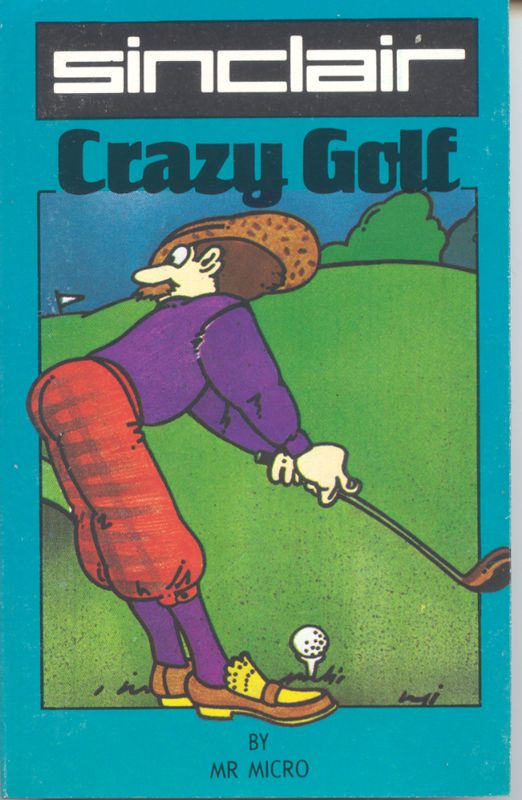
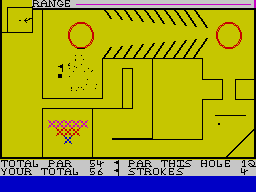
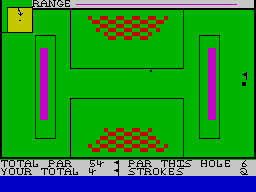
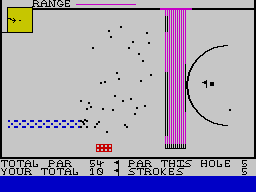
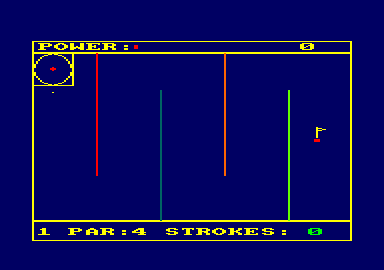
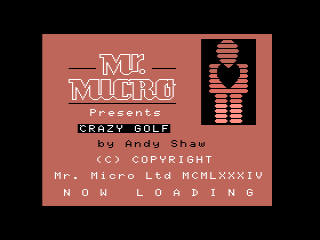



Reviews
There are no reviews yet.